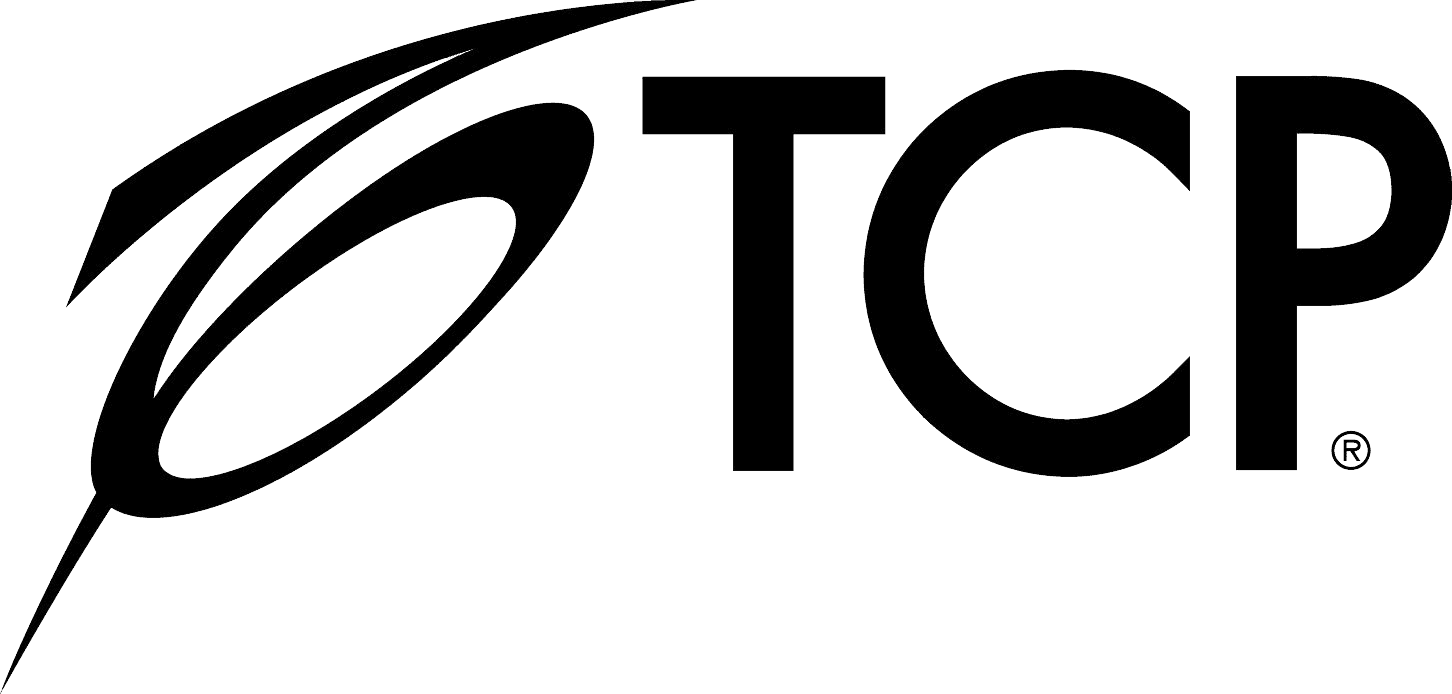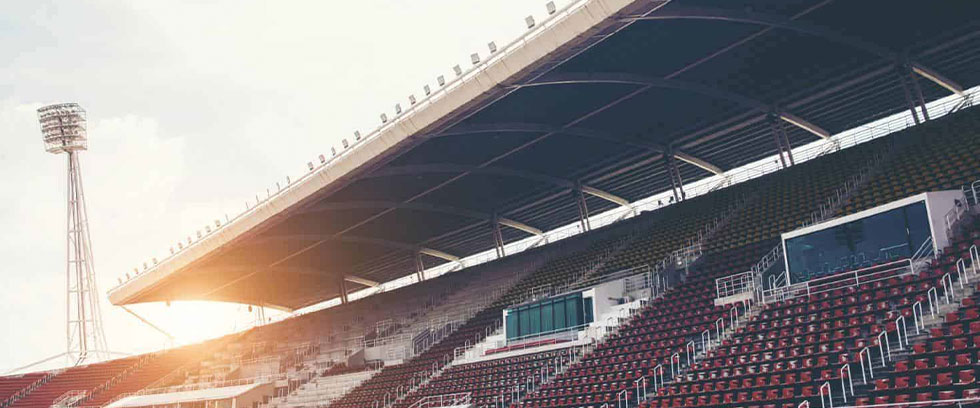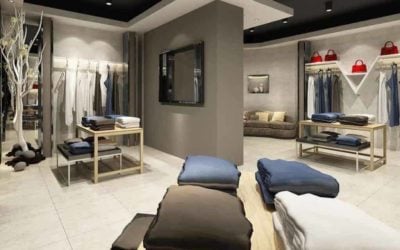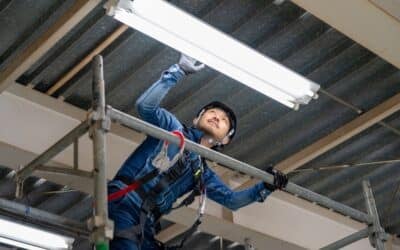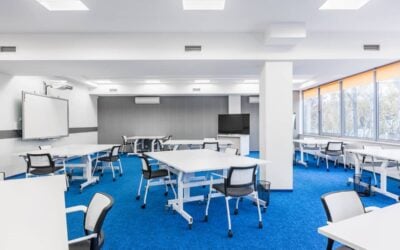Sports Arena Lighting – Indoor & Outdoor Stadium Lighting
So, how do you make sure your outdoor arena lights and indoor sports arena lighting will create this unforgettable experience? For the best LED sports arena and stadium lighting, LED lights are the way to go.
LED Stadium Lights: Details to Consider
There are many LED stadium lights on the market. Consider the factors below to make it easier to make a confident decision.
Brightness
When choosing stadium lights, you want a light that is bright enough for safe gameplay and stadium navigation, but not so bright that it is uncomfortable for spectators and athletes. TCP’s LED Sports Lighting gives off 47,500 Lumens, which is equivalent to 320 Watts, with a neutral, bright color temperature of 5700K.
Coverage Area
Most sports lights, including TCP’s LED arena lights, will adhere to a standard 30 degree light distribution. This number is important for determining how many stadium lights you will need to install in order to provide adequate light coverage for your stadium or arena.
Height of Lights
TCP’s Sports Lights are easy to install, with a standard yoke mounting that allows you to use the lamps at a height that works for your stadium or arena. Typically, stadium lighting is mounted between 40 and 60 feet high. Sometimes, they can be mounted as low as 25 feet.
Feel free to contact the lighting experts at TCP to discuss the layout of your stadium lights, as this can affect the number of lights you need to install to achieve adequate coverage for your arena or stadium.
Outdoor Use
If you are creating a lighting plan for an outdoor sporting arena, be sure to note the temperature rating for your lighting options. TCP’s LED Sports Lights are rated for use between -40 F and 131 F, so you can count on them to operate no matter the weather.
Type of Lights
While LED lights are the best stadium lighting option, many arenas still use HID lamps for their lower upfront cost. However, it is important to consider your ROI before making this decision, especially if there is a chance you will eventually upgrade to LED lamps in the future.
Assessing the Quality of Stadium Lights
Work with a manufacturer you trust to be sure you are getting the high quality LED lights you need to make your sporting events the best they can be.
Ask the manufacturer about their LED driver, which affects the longevity and maintenance requirements of the lamp. Durability of fixture materials is also important.
For example, TCP’s LED Sports Lights use a die-cast aluminum housing, impact resistant acrylic lens, durable black powder coat, and industrial yoke mount to ensure your stadium lights withstand any weather conditions for years to come.
Finally, check that the manufacturer is credible within the lighting industry. TCP is a member of over 20 associations and has many LED products endorsed by DesignLights Consortium.
Where to Use Sports Lighting
Sports lighting is used in a variety of different settings. While they all involve athletes and spectators, the actual settings themselves vary in lighting needs.
Football, Track, and Baseball
These fields are outdoors and self-contained to one area with a structured set of movements. When lighting these fields, you can focus light in one main area. With such large areas to cover, it is also important to make sure your lights will not cause a glare for viewers or athletes.
Golf Courses
While golf is also played outdoors, it differs in the sense that it takes place over a more sprawling area. For that reason, the way you go about lighting the event is a bit different.
Most golf is played during the day, so lighting can be a bit more dim and spread out. This makes for a relaxed setting as well as sufficient supplemental lighting for early evening hours.
Basketball, Hockey, and Indoor Soccer
For indoor sporting events like basketball, hockey, and indoor soccer, you are always controlling the lighting in the environment. Without the sun to work with, you have complete control over the sports court lighting in your space.
This gives you an opportunity to get creative with dynamic lighting in between gameplay. During gameplay, quality lighting is extremely important, since it’s what athletes and spectators are relying on to see the game.
